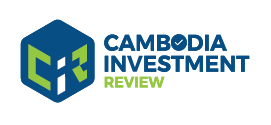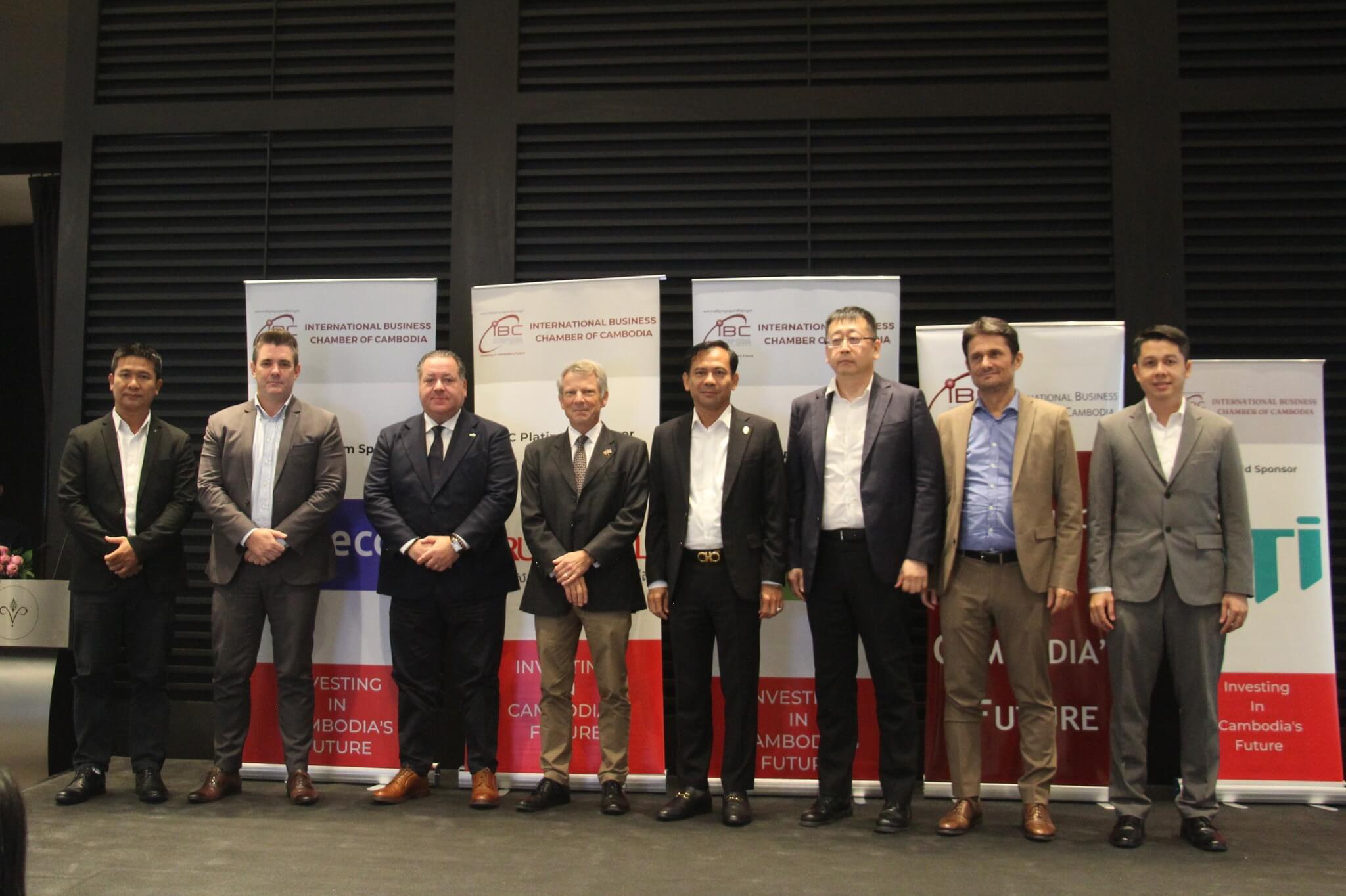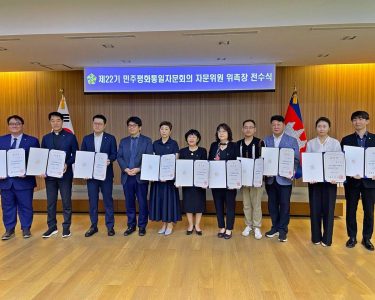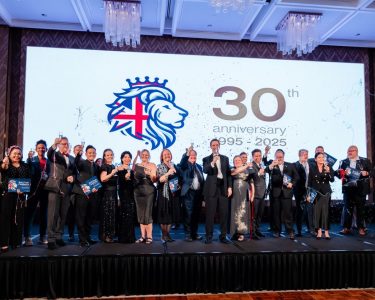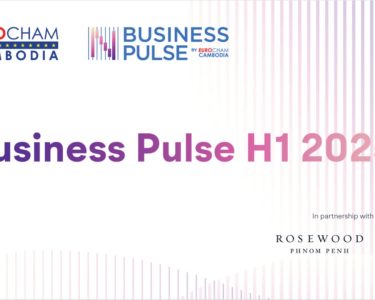Cambodia Investment Review
As part of the International Business Chamber (IBC) 6-Month Industry Review and Outlook, four more leading figures took the stage to deliver sector-specific updates, challenges, and opportunities for the remainder of 2025.
Following part one’s focus on real estate, energy, logistics, and finance, this second session shed light on the performance of Cambodia’s tourism, cashew, retail, and textile industries. The event, held at Rosewood Phnom Penh on July 2, 2025, continues to serve as a vital temperature check for investors and private sector stakeholders in the Kingdom.
Tourism: Strong Rebound Bolstered by Connectivity and Major Events
Minea Kim, CEO of the Cambodia Tourism Board, reported a 13.6% year-on-year rise in international visitors from January to April, reaching 2.4 million. Air travel surged by 21.4% with Phnom Penh receiving the lion’s share of arrivals. Angkor Archaeological Park also saw a boost, welcoming over 527,000 visitors between January and May.
Key drivers included:
- Improved air connectivity linking Phnom Penh and Siem Reap to cities like Dubai, Fuzhou, Harbin, and Bangkok.
- High-profile events including the Bvlgari Aeterna fashion gala and the state visit of Xi Jinping.
- New hotel openings such as Shangri-La Phnom Penh and TUI Blue Sihanoukville.
Despite these positives, challenges persist in the form of global economic uncertainty and mismatches between perception and reality among international travelers.
Looking ahead, opportunities center on the upcoming Techo International Airport, new routes via Etihad and Turkish Airlines, and enhanced tourism promotion under the “G.E.M” strategy—Global promotion, Evidence-based marketing, and Market-specific partnerships. Cambodia’s tourism revival is seen as critical to broader economic recovery, particularly in job creation and hospitality-linked SMEs.
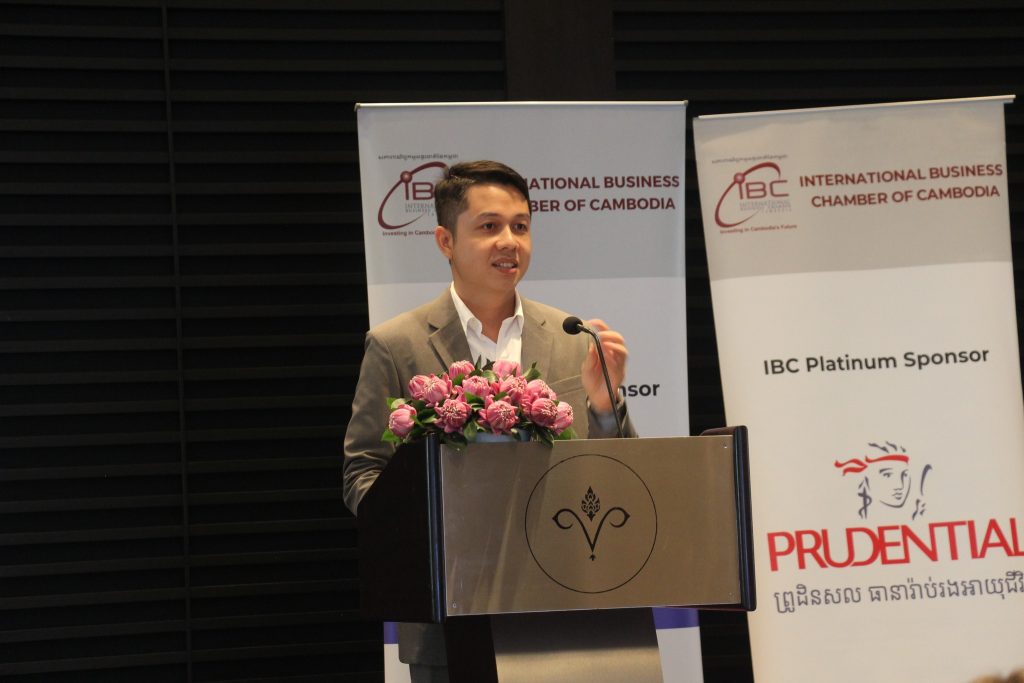
Cashews: Export Momentum Grows but Processing Remains a Bottleneck
Thinearng Hur, General Manager of Angkor Green, provided an update on Cambodia’s cashew sector, where export volumes have grown by up to 15% compared to 2024. Improvements in early-season crop quality and increasing access to finance via ARDB and SME Bank are encouraging signs. Multiple new processing initiatives—backed by development partners such as HEK, GIZ, and SNV—have also been launched and government policy is more cooperative .
However, structural issues remain. Cambodia still relies heavily on Vietnam as its primary export destination, and local value addition remains limited due to underdeveloped processing capacity. Climate-related risks and production cost competitiveness further constrain growth.
Promising opportunities:
- Expanding domestic processing and deep processing capacity
- Promoting premium branding for high-value export markets
- Leveraging government support through the National Cashew Policy and tax incentives.
As the sector continues to attract attention from agribusiness investors, there is cautious optimism that cashew could emerge as one of Cambodia’s most strategic agricultural exports.
Read More: EuroCham Event Explores Agri-Tech Investment and Innovation in Cambodia
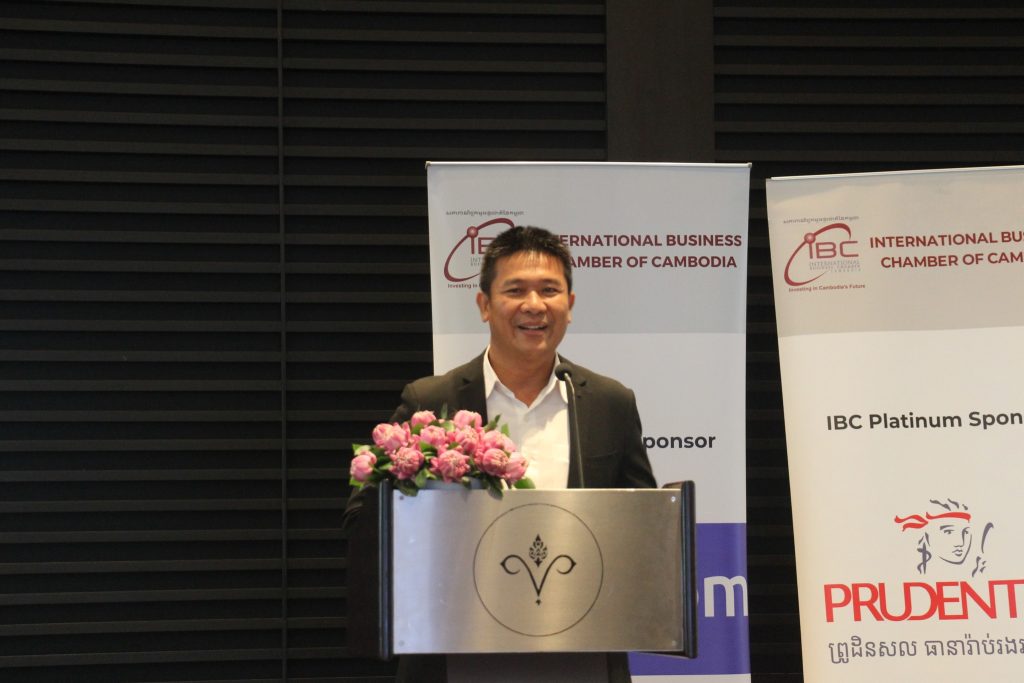
Retail & FMCG: Urbanization and E-Commerce Fuel Sector Growth
Stephane Pariente, Chief Retail Business Officer at Wing Commerce, outlined a positive trajectory for Cambodia’s retail and fast-moving consumer goods (FMCG) sector, underpinned by 5.3% GDP growth and rising consumer spending. He emphasized the continued expansion of the middle class and increasing interest in modern trade.
Recent developments include:
- Entry of global chains like 7-Eleven and Emart 24, intensifying market competition.
- Accelerated e-commerce adoption, particularly through mobile and social media platforms.
- Rising demand for traceable, locally sourced, and eco-conscious products.
Pariente noted that traditional retail still dominates but is gradually giving way to modern formats in urban centers. The growth of digital platforms is reshaping consumer behavior, creating opportunities for last-mile delivery innovation and data-driven engagement strategies.
With more consumers valuing health-conscious and eco-friendly brands, he sees strong upside in local product development, digital retail infrastructure, and foreign direct investment into logistics and retail real estate.
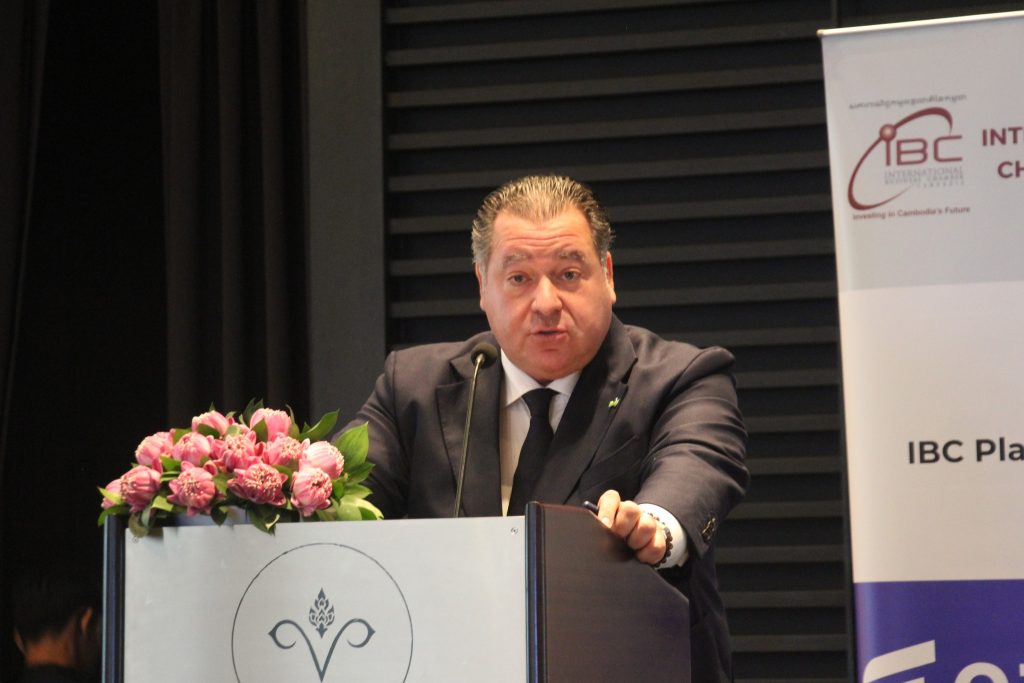
Textiles: Diversification and Innovation Needed to Counter Tariff Pressures
Jason Ma, CEO of Ealytex (Cambodia) Garment, and Co-Owner of PTI Cables, delivered a sobering yet forward-looking view of the textile industry. The sector faces several headwinds: declining orders from the U.S., supply chain disruptions, and buyer expectation shifts toward sustainability and traceability.
Current concerns:
- Uncertainty around tariff regimes
- The pressures of fast fashion cycles
- A prevailing “wait-and-see” mindset among buyers
In response, manufacturers are exploring market diversification, including opportunities beyond the U.S. and EU. Vertical integration, technology adoption, and investment in sustainable practices are also emerging as critical strategies to remain competitive.
Jason Ma stressed the need for innovation in sourcing, manufacturing processes, and customer transparency. Companies that embrace ESG standards and data-driven production models are expected to lead the next growth phase of Cambodia’s garment industry.
Read More: Opinion – Cambodia Must Deal with its Fabric Waste
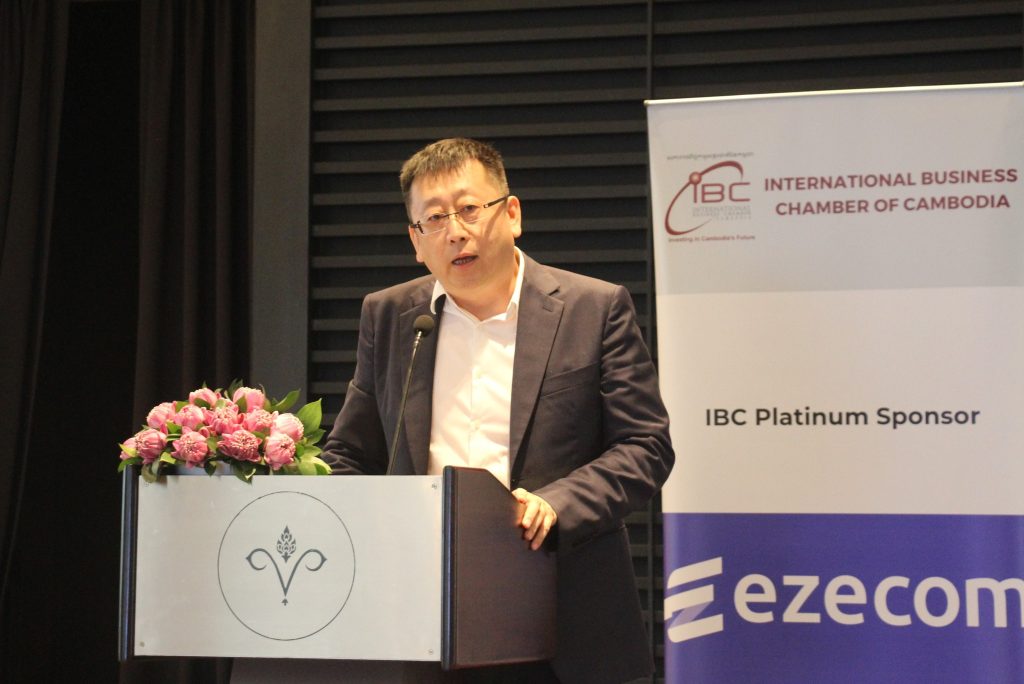
Conclusion: Multi-Sectoral Resilience Anchors Outlook
The second session of the IBC 6-Month Industry Review highlighted both resilience and vulnerability across four crucial sectors. From tourism’s rebound and cashew’s strategic realignment, to retail’s modernization and textiles’ push for innovation, Cambodia’s private sector is actively adapting to global trends and domestic constraints.
The event, sponsored by Ezecom, Prudential, Wing Bank, and JTI, brought together senior business leaders to share insights and calibrate strategies for the remainder of 2025.
